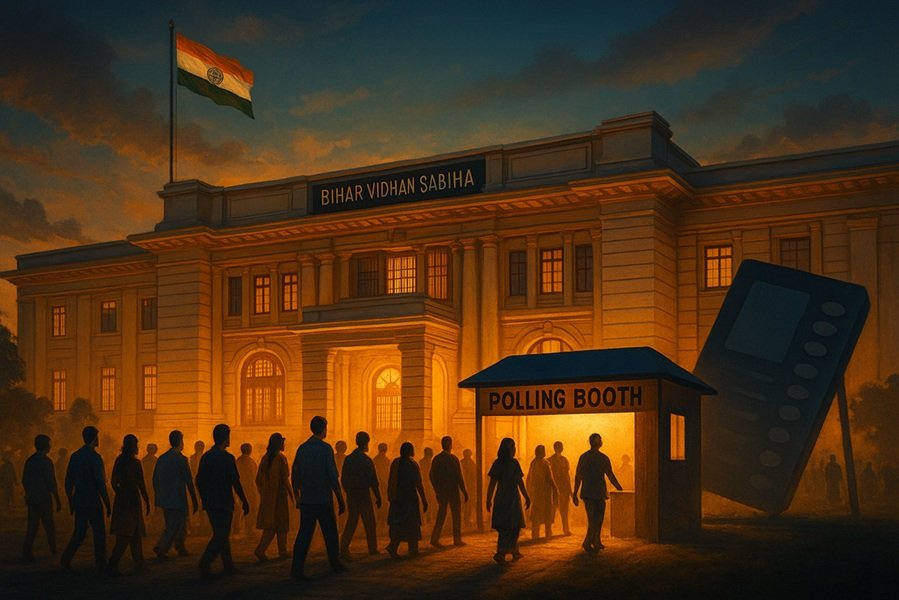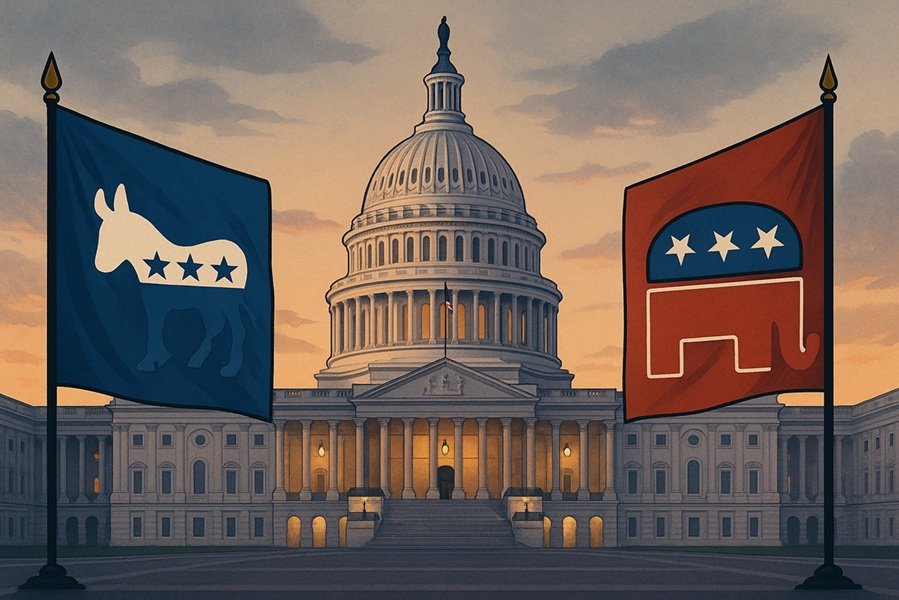
The Indian Constitution defines India as a “Union of States,” a phrase that appears in Article 1 of the Constitution. This terminology reflects the unique nature of Indian federalism, where the relationship between the center and the states is distinct from that of a traditional federation. The framers of the Constitution deliberately chose the term “Union” to emphasize the indestructible nature of India’s unity, while accommodating the diversity and autonomy of its states.
Article 1: Name and Territory of the Union
Article 1 of the Indian Constitution states:
- India, that is Bharat, shall be a Union of States.
- The States and the territories thereof shall be as specified in the First Schedule.
- The territory of India shall comprise:
- The territories of the States.
- The Union territories specified in the First Schedule.
- Any other territories that may be acquired.
The phrase “Union of States” underscores the idea that the states derive their authority from the Constitution and not from an independent agreement, as seen in some other federations like the United States of America. The Union is indestructible, meaning states cannot secede from the Union, ensuring the territorial integrity of India.
Articles Related to the ‘Union of States’
Article 2: Admission or Establishment of New States
Article 2 empowers Parliament to admit new states into the Union or establish new states on terms and conditions it deems fit. This provision has been used in various instances, such as the integration of Sikkim into India in 1975.
Article 3: Formation of New States and Alteration of Boundaries
Article 3 gives Parliament the power to:
- Form new states by separating territory from an existing state.
- Increase or diminish the area of any state.
- Alter the boundaries or names of existing states.
Procedure:
- The proposal must be introduced in Parliament with the President’s recommendation.
- The affected state’s legislature must be consulted, although its opinion is not binding.
Examples include the formation of Telangana in 2014 and the reorganization of Jammu and Kashmir in 2019.
Article 4: Laws Relating to Admission or Reorganization
Article 4 states that any law made under Articles 2 and 3 shall not be considered an amendment to the Constitution under Article 368. This ensures flexibility in reorganizing states without the need for a constitutional amendment.
Key Features of India’s ‘Union of States’ Structure
1. Indestructible Union, Destructible States:
- While states can be reorganized, merged, or split, the Union remains inviolable.
- This principle reinforces the unity and integrity of India.
2. Single Citizenship:
- Unlike some federations where citizens hold dual citizenship (e.g., the USA), India grants only a single citizenship to all its people, emphasizing unity.
3. Strong Central Authority:
- The Constitution vests significant powers in the Union government, especially in matters of national security, defense, and foreign affairs (Seventh Schedule, Union List).
- In emergencies (Articles 352, 356, and 360), the central government’s authority becomes even more pronounced, temporarily overriding state autonomy.
4. Asymmetric Federalism:
- Certain states, such as Jammu and Kashmir (prior to the abrogation of Article 370) and northeastern states (under Article 371), enjoy special provisions tailored to their unique cultural, historical, and geographical contexts.
Federal and Unitary Features of the Indian Union
India’s political structure combines both federal and unitary features:
Federal Features:
- Division of Powers: The Constitution delineates powers between the Union and states (Seventh Schedule).
- Independent Judiciary: The Supreme Court acts as the guardian of the Constitution, resolving disputes between the center and states (Article 131).
- Bicameral Legislature: The Rajya Sabha represents the states in Parliament.
Unitary Features:
- Single Constitution: Both the Union and states operate under a single constitutional framework.
- Single Citizenship: All Indians are citizens of India, regardless of the state of residence.
- Strong Center: The Union government wields overriding powers in emergencies.
Challenges to India’s Federal Structure
- Regionalism: Demands for statehood or greater autonomy sometimes challenge national unity.
- Center-State Relations: Disputes over resource allocation, taxation, and administrative control often arise.
- Reorganization of States: Redrawing state boundaries based on linguistic, cultural, or economic considerations can lead to political and social tensions.
- Emergency Provisions: Critics argue that frequent use of Article 356 undermines federal principles.
Conclusion
By defining India as a “Union of States,” the Constitution strikes a delicate balance between unity and diversity. This framework accommodates the country’s vast cultural, linguistic, and geographical diversity while ensuring a strong central authority to maintain territorial integrity. The flexibility provided under Articles 2 to 4 allows India to adapt to changing socio-political dynamics, reflecting the vision of the Constitution’s framers to create a unified and resilient nation. However, maintaining this balance requires continuous dialogue, cooperative federalism, and respect for the Constitution’s principles.







